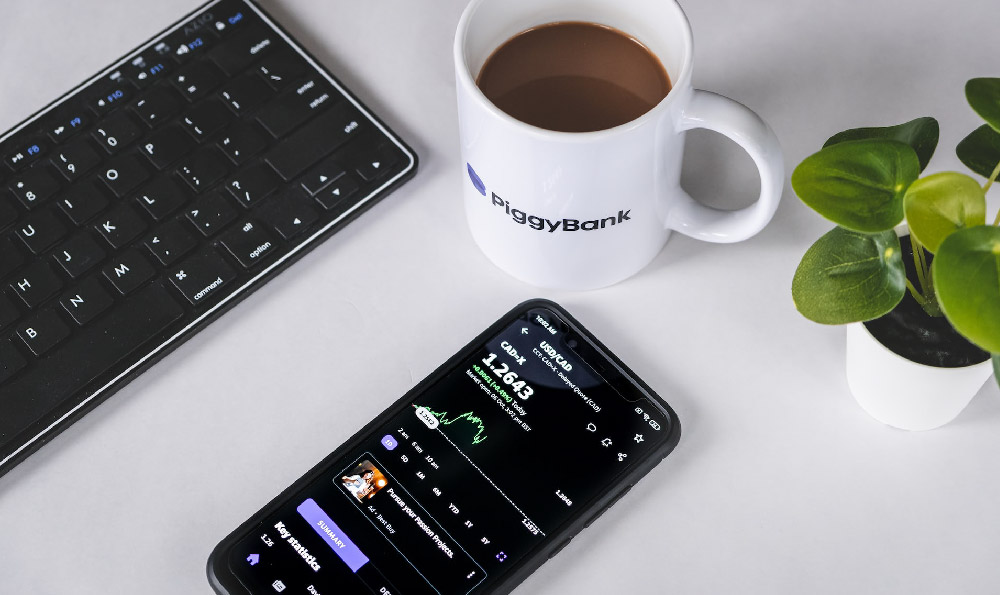Monetizing Your Blender Skills: A Comprehensive Guide
Blender, the open-source 3D creation software, has become a powerful tool for digital artists, designers, and creators worldwide. While it may not be a traditional investment platform, its versatility opens up diverse opportunities for individuals to generate income through creativity and technical expertise. In this guide, we explore how to leverage Blender to build a sustainable revenue stream while navigating the intersection of art and business.
The rise of Blender as a mainstream tool has reshaped the landscape of digital content creation. Originally developed in 1995 as an open-source project, Blender has evolved into a robust software suite capable of handling 3D modeling, animation, video editing, and even virtual reality development. Its affordability and feature-rich capabilities make it an attractive option for aspiring creators looking to break into the entertainment, architecture, or product design industries. By mastering Blender, individuals can not only produce high-quality work but also monetize their talents in innovative ways.
One of the most straightforward methods to profit from Blender is to offer freelance services. With its wide range of tools, users can create 3D models, animations, and visual effects for clients across various sectors. Freelancing allows for flexibility, as creators can work remotely and choose projects that align with their interests and expertise. Platforms like Fiverr, Upwork, and Gumroad provide access to global markets, enabling users to sell their skills in video editing, character design, or architectural visualization. Success in this domain requires a strong portfolio, consistent output, and the ability to communicate effectively with clients.

Another lucrative avenue is to sell Blender-made digital products. These include 3D models, textures, plugins, and even entire project templates that users can customize for their needs. Digital products have low production costs and high profit margins, making them ideal for creators targeting online markets. Websites like CGTrader, Sketchfab, and TurboSquid specialize in showcasing and selling 3D assets, while online stores like Etsy or Gumroad allow for broader reach. Building a recognizable brand and marketing these products through social media or email newsletters can significantly enhance visibility and sales.
For those passionate about teaching, creating online courses or tutorials is a viable way to generate income. Blender’s complex features offer ample material for educational content, from beginner guides to advanced techniques in animation and rendering. By producing structured courses, creators can monetize their knowledge through subscriptions, one-time purchases, or affiliate marketing. Hosting platforms like Udemy, Skillshare, or YouTube allow for easy distribution, while SEO-optimized video descriptions and tags can improve discoverability. Establishing a unique teaching style and integrating real-world examples can help maintain audience engagement.
Monetization through creative projects is another strategy. Whether designing assets for games, animations for corporate clients, or architectural visualizations for real estate, Blender users can create value-driven content that meets specific market demands. Collaborating with influencers or indie game developers provides opportunities to showcase skills and negotiate payment. Additionally, leveraging Blender for indie film production or VFX can open doors to niche markets, where unique visual storytelling is highly valued.
Entrepreneurship opportunities are also abundant for Blender users. Creating a business around the software could involve developing a suite of tools, offering consulting services, or curating a marketplace for Blender assets. This approach requires not only technical proficiency but also business acumen to identify market gaps and build scalable solutions. Starting with a focus on a specific niche, such as architectural visualization or character modeling, can help establish credibility and attract loyal customers.
In a rapidly evolving digital ecosystem, the ability to adapt and innovate is key. Blender users can explore emerging fields like metaverse development, augmented reality, or AI-powered content creation. These areas demand specialized skills and offer profitable niches for those willing to invest time in learning new technologies. Additionally, integrating Blender into broader workflows, such as using it in conjunction with 3D printing or motion capture, can expand revenue potential.
Paying attention to the community and staying updated with industry trends is crucial for long-term success. Blender’s active user base provides a valuable network for collaboration, feedback, and knowledge sharing. Engaging in forums, attending workshops, and participating in online communities can help creators stay informed about the latest tools and techniques. Additionally, networking with industry professionals and potential clients can lead to new opportunities and partnerships.
Building a personal brand around Blender requires consistency and authenticity. Sharing behind-the-scenes insights, project progress, or creative challenges can foster trust and audience engagement. Developing a distinct style and showcasing work that reflects creativity and innovation helps differentiate from competitors. Leveraging visual storytelling through portfolios or case studies can further demonstrate expertise and attract new opportunities.
Ultimately, the journey to monetizing Blender skills is a blend of creativity, perseverance, and strategic thinking. While there is no guaranteed path, the combination of its powerful features and the demand for digital content provides a fertile ground for income generation. By focusing on skill development, marketing, and community engagement, individuals can turn their Blender expertise into a sustainable revenue stream. Remember, while the initial steps may require effort and dedication, the long-term rewards can be substantial for those who are willing to invest in their creative and professional growth.












